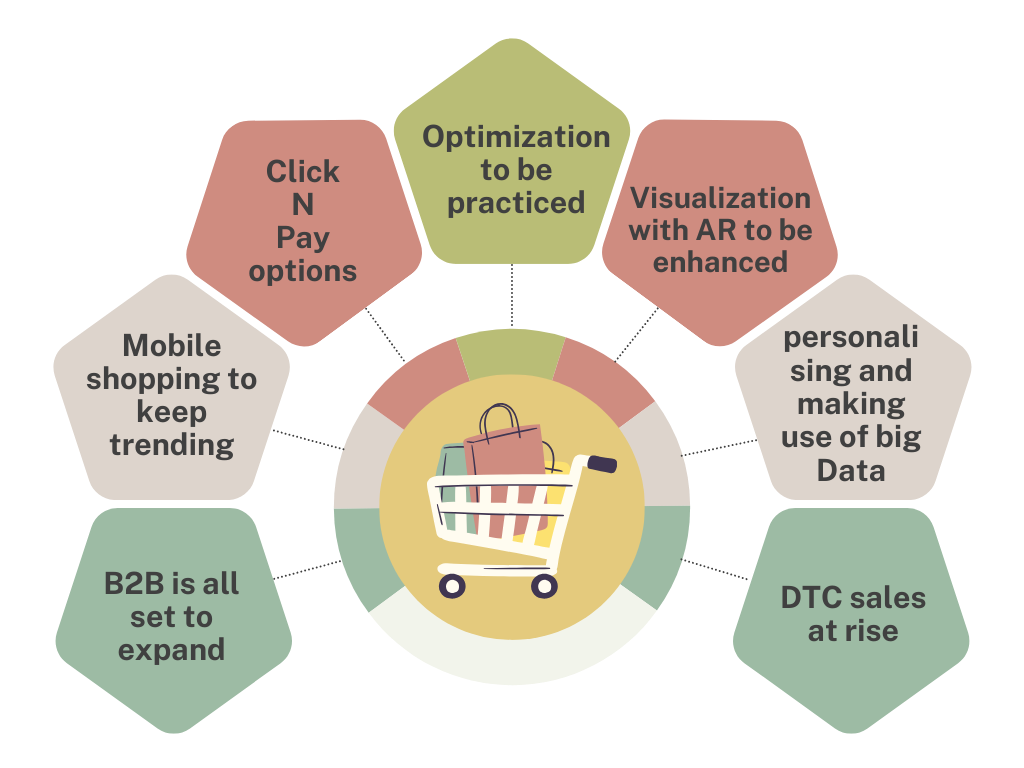As we journey into the future, let us marvel at the transformative impact that this new era has had on the Revolutionizing direct selling sector, paving the way for innovative strategies and boundless capabilities.
In the dynamic speed of digital evolution, Direct Selling experiences a revolutionary transformation

In the wake of the digital revolution, the speed of change has been unmatched. And amidst this rapid transformation, the direct selling industry has emerged as a formidable player in the world of ecommerce. The year 2020 witnessed a groundbreaking shift as major players poured massive investments into cutting-edge ecommerce platforms, revolutionizing the online shopping experience for customers. Secure payment gateways, intuitive interfaces, and personalized recommendations all played a pivotal role in this bold evolution.
Ecommerce blazes a trail of digital transformation
As the world embraces remote working, virtual events and training have become the norm in the ecommerce digital landscape. In particular, direct selling companies have utilized innovative digital tools to automate distributor training and efficiently launch new programs without straining resources. Taking it a step further, these businesses have also recognized the importance of mobile applications in engaging a larger audience, allowing distributors and customers to stay seamlessly connected and deeply rooted in the brand experience.
As the world becomes increasingly digitalized, the importance of maintaining close connections with customers from all corners of the globe has become paramount. In response, customers now have higher expectations for personalized treatment from brands. To meet these demands, businesses have harnessed the power of data analytics, utilizing it to enhance customer interactions and offer tailored product recommendations – key components of successful digital transformation. In the past year alone, there has been a remarkable increase in the utilization of data to gain insights into customer preferences, enabling businesses to adapt and cater to their needs with precision and efficiency.
AI-driven customer support
The direct selling sector’s digital evolution reached new heights with the utilization of AI-powered customer support. By incorporating AI components into their support systems, swift and effective responses to inquiries were made possible. The integration of chatbots and virtual assistants to handle mundane inquiries allowed distributors to dedicate their time and energy towards personalized and intricate interactions. But that’s not all – digital transformation extended even further, incorporating software solutions to guarantee adherence to region-specific regulations. Given the intricate nature of legal and regulatory considerations in this industry, this was a significant step towards success.
inflation and inventory management:
The relentless movement of prices and its effects on direct selling enterprises significantly dictate their strategies for inventory handling and control. In this symbiotic relationship, inflation and inventory management share a vital connection. When unforeseen circumstances throw a wrench into the gears of business, mastering the art of efficient inventory management becomes paramount. Here are some illuminating insights into the interdependent nature of inflation and inventory management.

During periods of economic turmoil, such as times of war or pandemic, businesses must brace themselves for the possibility of higher holding costs. The threat of increased interest rates looms, potentially driving up the expense of holding inventory. Inflation, the villain behind rising interest rates, forces businesses to carefully assess the situation and avoid stockpiling excess goods. After all, no business wants to be weighed down by expenses such as storage, insurance, and finance charges.
Logistic disruptions and varying prices
As inflation looms and logistic challenges persist, prices fluctuate. But fear not, for a well-oiled inventory management system can anticipate shifts in market trends and pricing strategies, ensuring that every product is priced to perfection.
The ever-changing tides of customer demand are unpredictable, especially in times of inflation. With purchase patterns constantly fluctuating, even unreasonable requests for products can arise. A well-designed inventory management system must possess adaptability in order to keep up with the evolving nature of demand forecasts.
Strategic sourcing and dynamic pricing
In today’s highly competitive market, customers are faced with an abundance of choices. This puts pressure on direct selling brands to stay ahead of the game. To meet this challenge, these brands have turned to strategic sourcing and dynamic pricing tactics, constantly seeking new suppliers, expanding their sourcing options, and seeking out cost-effective alternatives. Failure to adapt and keep up with the ever-changing demands of consumers could result in losing valuable customers to competitors.
Moreover, it is imperative for brands to incorporate dynamic pricing tactics that can swiftly adapt to fluctuating market trends. By utilizing a flexible inventory management framework, this can be seamlessly executed with precision.
Vigilant Monitoring
With a hawk-like eye on inflation rates, market trends, and economic signals, staying ahead of the game in inventory management is a must. Direct selling enterprises stay alert to potential shifts in the economic landscape, adapting their inventory strategies accordingly. The year 2023 marked a pivotal moment for the direct selling sector, teetering on the brink of either growth or decline – an inflection point, if you will. Yet, their unwavering belief in the fusion of human and emotional intelligence with advanced mechanization and robotics was the key to navigating any obstacles that came their way, be it the roar of thunder or the torrents of a storm.
Sustainable and ethical business practices
Despite gender, age, or industry, the greatest issue plaguing our world today is undoubtedly climate change. In response, companies are shifting their focus towards sustainable business practices and implementing ESG (Environmental, Social, Governance) processes into their strategies. 2023 witnessed a collaboration of brands, joining forces to champion social responsibility, environmental stewardship, and ethical behavior – all essential elements in establishing a strong business foundation, earning customer loyalty, and ultimately aiding in the betterment of our planet.
As a consequence, experienced entrepreneurs turned their attention towards launching direct sales companies centered on the creation of environmentally friendly products, with a strong emphasis on utilizing renewable materials, minimizing packaging waste, and incorporating recycled and upcycled materials. These pioneering brands also tailored their loyalty programs towards customers who champion sustainable living by actively reducing their carbon footprint, minimizing waste, and promoting the reuse and recycling of resources. In addition, they introduced innovative initiatives such as BYOB (Bring Your Own Bottle/Bag) to further support eco-conscious practices.
In addition to prioritizing sustainability, brands are now leading the charge in promoting fair and ethical business practices, starting with equitable compensation plans and inclusive working environments that embrace diversity and equality. Embracing the latest technological advancements is not enough, as brands are also determined to win over customers’ loyalty through transparent and fair-trade methods, making the past year a significant step towards a more conscientious and socially responsible marketplace.
Immersing customers in a world of endless possibilities and front-line offerings
Brands today must adapt to the era of remote work and virtual meetings. With an insatiable desire for connection, customers crave the indulgence of brands that spoil them with an array of options at their fingertips. Gone are the days of mere transactions; now, brands must weave themselves into the fabric of customers’ lives, becoming an essential part of their journey. From personalized product recommendations to interactive content and fostering a community through feedback and shared experiences, brands have the power to unite individuals from all corners of the globe under one unified purpose, creating bonds that transcend traditional business relationships.
Not only does immersive customer experience satisfy practical needs, it also fosters a profound emotional bond with the brand, one that endures over time. Through immersive experiences, brands can cultivate unwavering customer loyalty, a positive brand reputation, and sustainable business growth. A noteworthy trend of the past year was the introduction of pioneering products that captivate customers and set the brand apart from its rivals. These customer-centric innovations directly address pain points and can even spark cross-industry partnerships, generating exceptional and original ideas and solutions.
5. Global expansion and localization
Resonating with a sense of novelty, but upon closer inspection, not entirely unconventional. Such an ingenious approach was embraced by countless direct selling companies last year, as they ventured into diverse global markets. These brands boldly expanded their reach while tactfully implementing localization tactics, carefully incorporating the unique customs and preferences of specific regions
With cultural subtleties being a delicate influence, comprehending distinctive regional modes of communication, dialects, societal customs, and consumer tendencies is paramount in establishing a foothold among the people. Your internationally acclaimed merchandise may not be met with the same success in the local market you are currently targeting. Therefore, your tactics must possess a fluidity to adapt to indigenous aesthetics, inclinations, and selections. This could encompass the ingredients used in the product, its design, packaging, and even promotional campaigns.
By embracing user-friendly and culturally relevant local technology, businesses can swiftly connect with customers. Incorporating feedback from both distributors and customers is a key element in measuring the success of localization strategies. Adopting an iterative approach can aid in restructuring frameworks and integrating real-time insights and market responses. Just as little droplets form an ocean, establishing a presence in local markets is the key to a direct selling brand’s global image.
Unwinding
Despite facing external challenges and navigating inflection points and growth hurdles, the direct selling sector triumphed in a remarkable year filled with ingenuity and progress. With unwavering resilience, strategic intelligence, and unrelenting perseverance, this industry not only weathered disruptions, but also achieved unprecedented global expansion, unparalleled networking opportunities, and embraced the rise of the gig economy. Empowering entrepreneurs and generating higher earnings, this sector paved the way for numerous breakthroughs and solidified its position as a powerhouse of innovation.
